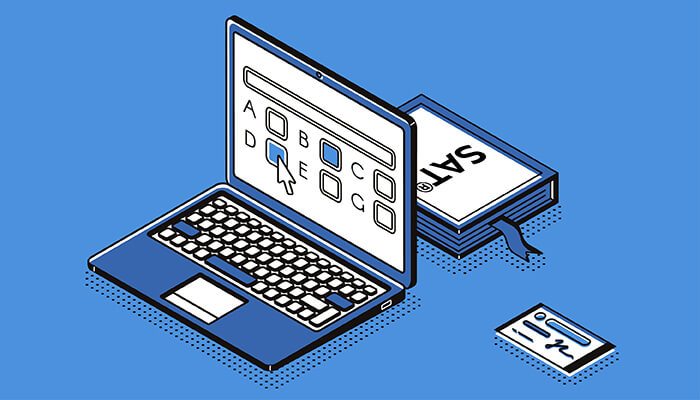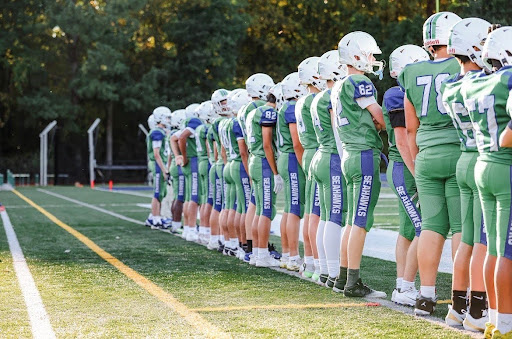There is no longer any need to cautiously fill out scantron bubbles with a number 2 pencil, because now everything you need is on a screen in front of you. The digital SAT was offered for the first time in March 2024.
The new test design consists of additions such as the Desmos calculator, an incredibly helpful tool in the math sections. It also cuts down on reading passages in order to create a more efficient process. The digital SAT is taken on personal or school-issued devices. Procters stay in the room with students, assuring that no other applications are open, cutting down on the ability for any student to have an unfair advantage or be able to cheat their way through the test.
Some students thought the test was easier than it had been in the past, but in reality the test was adaptive to their previous answers. If you scored a high percentage of correct answers in the first section of the test, then the second section will be more rigorous. This is a feature that has been used on other digital tests, but using it for the SAT is interesting. Now, not everybody has the same exact test.
The digital SAT is also not a perfect system. There is the possibility of technological issues getting in the way of testing, which wouldn’t be a problem when sticking to the old paper-and-pencil option.
“I prefer taking the digital SAT. It was easier for me to stay focused during the duration of the test due to the time being shorter, and I also liked that there were no more long passages,” student Sofi Pehrson said.
After a disruption from the pandemic, the SAT’s digital return makes perfect sense. It appeals to a generation that is more comfortable using computers than papers and scantrons. The digital update allows for students to take the test in a new way that may better suit some student’s abilities. Remote learning over the course of 2020 changed the game for schools across the country. This change could be just what students need, a modernized version of an outdated test.



























